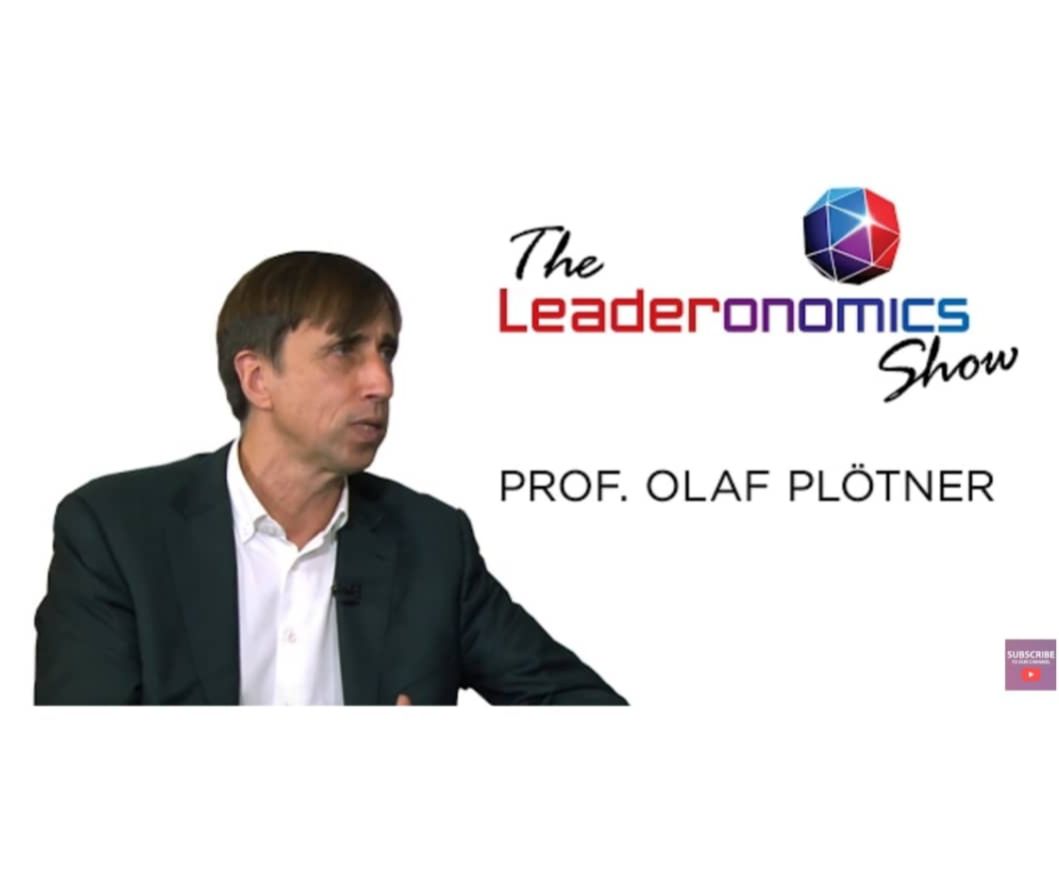Leading Multilingual Teams

Turning obstacles into an advantage
Let’s be honest, especially the men. For those of us who grew up in Malaysia and went to school with friends from different language backgrounds, we were all multilingual in our language in the school playground (and very often the classroom as well, just in more hushed tones with the teacher within earshot).
How many of you would admit not knowing swear words of a different language? Okay, you had better wipe that grin off before your loved ones start asking questions.
But the reality in corporate Malaysia is that we all conduct business in English, however broken it may be.
Mangle it here and there with a few Malay, Tamil and Chinese words and you would most likely be able to get the message across, whatever the situation is. To be honest, I have ceased to be amused when an ang moh (caucasian) tells me to “Relak la”.
To summarise, you don’t have to be Dr Evangelos Katsioulis to understand the language of business. You have goods and services, someone has money and a need for it, and you transact.
It becomes a tad harder when you have to manage the groups of people who are involved in the transaction though. People interact in many languages, not just verbally.
It becomes the leader’s role to bring these various perspectives into a common corridor of synergy and allow it to grow the business.
I can think of many different approaches to life that people translate into their daily lingual representation, and I’m going to discuss two different paradigms here.
I have a team filled with people who speak the language of optimism and pessimism. I also have introverted and extroverted linguists, as well as people who are always speaking the language of vision.
Then there are the ones who speak of the need to be in the present besides many other divergent points which actually represent worldviews within a microcosm. I believe you need all of these perspectives to grow and thrive!
Pessimist vs optimist
Antonio Gramsci, an Italian Marxist theorist once said
I’m a pessimist because of intelligence, but an optimist because of will.
How apt a description of the struggle of a world that finds it difficult to be comfortable with greyness. The key for me is to balance all these perspectives into the area of “healthy doses”.
We need healthy doses of both pessimism and optimism; likewise, futurists and present-focused perspectives to grow the team and organisation.
Now, the moment we read the word pessimist, we jump to the usual denominators of broody and worried personalities who tend to be more a harbinger of doom rather than a ray of sunshine. But that’s cliché to the hilt.
I have people in my team of a “pessimistic nature” who are full of life; vibrant and dynamic in their relationship with others, yet always have a cautious take on the plans that are afoot in whatever work we do.
I have found that there are two key things that are within my area of control to move their perspective into a less-pessimistic viewpoint.
- Acknowledge their point of view
Very often, a lack of appreciation can lead to a trip down sorrow-lane for people who sometimes feel their point of view is never considered in a discussion.
I am assuming a healthy proportion of these people are, or become, pessimistic in their nature when it happens once too often.
Your role then, dear leader, is to ensure everyone has a fair shot at getting their views across.
- “Reframe” the conversation
Instead of getting drawn into the “can’t do” discussion, try reframing the statements into “can do” perspectives.
For every “no we can’t do that” that comes tumbling out within seconds of an idea being discussed, counter it with “okay, how can we do it?”
Try to put a positive tinge to the language used, thereby subtly drawing the pessimist into the realm of the optimist.
This tactic links back to the first point, i.e. people want to get their opinions across, so giving them the opportunity helps not just to move the discussion forward but also helps draw people into taking ownership of the issue at hand.
A team that has a pessimist will always be able to anticipate undesirable outcomes, therefore putting in place a system of work that has a safety net built into the projects. For a manager, how can that be a bad thing?
And what about the pessimist’s counterpoint, the optimist? To quote a much used cliché, the person who sees the glass as perpetually half full?
This person is always going to help you think about how to build on the positives of an idea and not dwell on what could go wrong. The danger? Plenty of blind spots left unattended forming potential dangerous pitfalls.
The key then is to move the discussion into the middle path for both these groups. The leader thus needs to develop the ability to balance viewpoints and take the best of both worlds to form the path forward. Leadership is easy, says no one, ever.
Futurist vs present-focused
The other common theme discussion that happens when considering the way forward is the struggle between those who speak the language of present-state and use that as a stepping stone for the future versus those who want to imagine the future and leave current issues to sort themselves out.
In fact, the vibrant new future technically should make the current issues debate irrelevant as far as they are concerned.
Not so easy though. The human mind is not evolved enough to balance both extremes of a situation, and still be coherent enough to channel it usefully. So, that then becomes the leadership conundrum, i.e. speaking the language of consensus building to bridge the viewpoints.
I have people in the team who are always describing the wonderful pot of gold under the rainbow, and on the other hand, people who are; while wanting that pot of gold; wary of the treacherous journey and can see the valleys and the predators that lie along the journey.
My role as leader thus forces me to become the bridge builder. How do I as a leader, keep the vision of the pot of gold at the end always alive within the team yet help them to put in place the bridge structure to make their way to the promised pot?
Balance is the answer. Feed reality checks and dream potions in equal measures to both sides respectively.
In conclusion
That’s just two examples of paradigms that exist within the realm of communication in organised structures. There is always going to be a push and pull factor with multiple variables. Thus, leaders need to be agile and present to the situation at hand.
More importantly, leaders need to be in sync with the “language” that is being spoken by their team members. You don’t want to be in a position of trying to stick a square peg in a round hole, so understanding the thoughts that are being verbalised and becoming “multilingual” makes your leadership decision-making skill more effective!
Vinesh is talent programme manager at Leaderonomics, helping to develop and accelerate talent in corporate organisations. He can be contacted at vinesh.naidu@leaderonomics.com . For more articles relating to business, click HERE!
Business
This article is published by the editors of Leaderonomics.com with the consent of the guest author.





